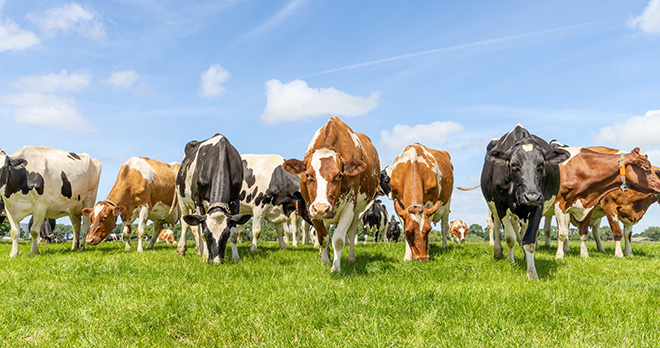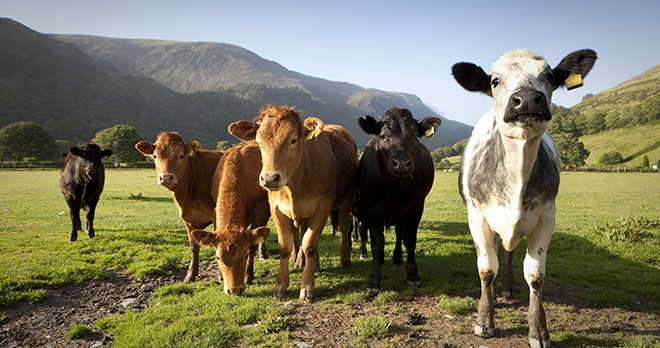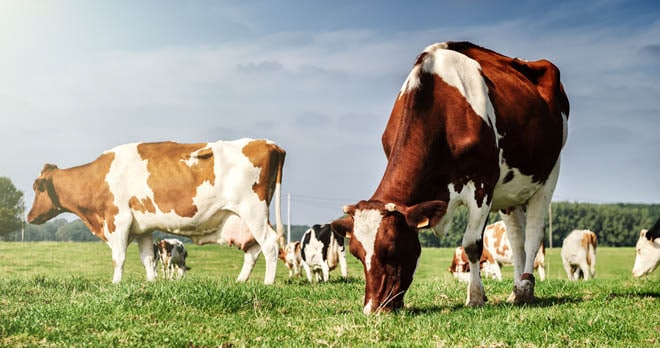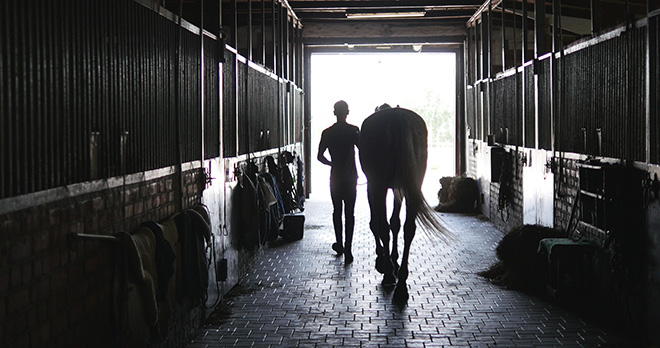Attacks by cattle: how to avoid them and what to do if you’ve been injured by cows

When telling people that we have particular expertise in pursuing claims for people injured by animals, often eyebrows will be raised.
Of course, there have been recent dog attacks causing fatal injuries to adults and children alike which bring those types of incidents into the national media and, perhaps, more into public consciousness.
In our experience, what happens more regularly is that cattle and horses are responsible for injuring people. The injuries caused by such large animals are often serious or life changing. And sometimes they’re even fatal.
In September 2020 the BBC highlighted the Health and Safety Executive (HSE) investigations into incidents involving cattle. Between 2015/16 and 2019/20 the HSE investigated 65 non-fatal incidents involving cattle and members of the public. During that period, four members of the public were killed by cattle. Unsurprisingly, the numbers are much higher when farmers and farm workers are also considered.
With the help of a client of ours Lisa Wells, who was injured when she and her granddaughter were attacked by cattle, we hope to explain how the risk of being injured by cattle whilst out walking in the countryside can be reduced.

Read Lisa's experience of being attacked by cows
Lisa was out walking with her seven-year-old granddaughter in North Wales when she was attacked by a herd of cows.
Read all about her experience of the attack, and how she brought a claim for compensation.
What might ramblers need to consider when walking on land with cows?
Something Lisa and I discussed as her claim was concluding was whether there was anything we could do to advise ramblers and farmers on this topic. Our shared aim being, as you’d expect, to reduce the frequency of these types of incidents.
These factors are not likely to be determinative of liability in isolation but there are sensible, practical steps outlined below for ramblers and farmers alike.
How do you walk past cows safely?
Ramblers should give cattle space. It may be attractive to use alternative routes where practicable, to avoid walking through fields containing cattle.
Dogs should also be under effective control. It is often sensible for the dog to be on a lead around livestock. Ramblers are advised to let go of their dog’s lead when feeling threatened by cattle.
Ramblers should also be respectful of livestock and should take simple steps like ensuring gates are closed properly and public rights of way are followed.
There are also important recommendations for ramblers in the Countryside Code here >
What makes a cow attack more likely?
While some incidents will never be explained, there are often some common factors:
- dogs attract more attention;
- a cow may be upset by people walking between her and her calf; and
- certain breeds of cattle are more unpredictable than traditional breeds such as the common Friesian.
For those who may wonder if wearing red is provocative, it is understood that bulls aren’t agitated by the colour. They charge the bullfighter’s cape because it is moving and not because it is red.
What are farmers’ legal responsibilities when grazing cows on public access land?
Clearly ramblers have a duty to take reasonable care for themselves, but farmers are deemed to have a far greater deeper understanding of the behavioural characteristics of their cattle and have a responsibility to take reasonable steps to protect lawful visitors to their land.
Farmers should give careful thought to where they graze cattle, particularly where there is public access such as a public footpath. Appropriate signage should be used to warn ramblers of a herd containing cows with calves and / or a bull. Secure gates and suitable fencing should be used to contain the animals.
Herds of cattle containing cows with calves should only be grazed on public access land where there is no suitable alternative. In those circumstances, fencing or other such separation from the footpath might be appropriate, especially where routes are heavily used by the public. If separation is not possible an alternative route could be provided for ramblers to follow.
Farmers should position water troughs and feed stations away from public footpaths and entrances / exits to fields. They should check public footpaths are clearly marked.
Farmers should monitor and manage their herds. Any animals showing signs of aggression or temperamental issues should be removed from fields that the public can lawfully access.
It should be understood that normally docile cattle can behave differently, including aggressively, in various circumstances such as when their maternal instincts are aroused, when stressed (e.g. weather, illness, unusual disturbance), when threatened (by the presence of a rambler and / or their dog).
Are farmers allowed to put bulls in fields with public footpaths?
Farmers should not keep dairy bulls in fields with public access at any time. Careful thought, planning and monitoring is required if a bull of another breed is to be grazed on public access land.
What you can do if you have been attacked by cows
The short answer is to seek out specialist legal advice. There are two routes to winning this type of case: one is by proving the “keeper” of the cattle was negligent (at fault) and the other is establishing the criteria for strict liability (no fault liability) under the Animals Act 1971.
There are some statutory defences a defendant can rely on to defeat an Animals Act claim in certain circumstances. In the vast majority of cases, people who own cattle have public liability insurance and will be represented by their insurers or their appointed solicitors.
Injuries involving cows at work
Farm workers inevitably know the risks of working with cows and practically all will have stories of accidents and near misses.
It is important to recognise that staff are entitled to claim compensation for injury caused by cows or otherwise. They are not barred from doing so just because they know the risks. The Animals Act recognises this and reduces the defences available to a defendant when an employee is injured in the course of their employment.
If you have been injured by cows, we’re here to help. Our expert team will be on your side to advise you on the merits of your claim and to support you every step of the way
Call now




